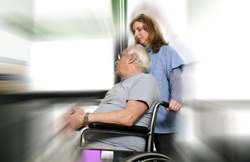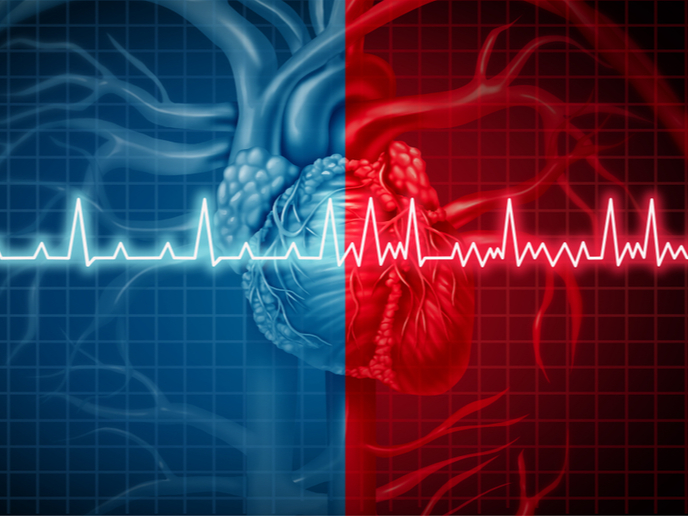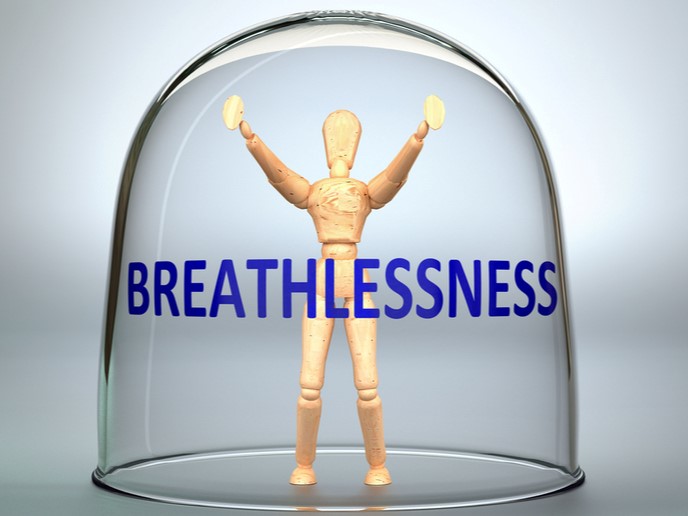Improving therapies for stroke patients
The CERISE project was a longitudinal study which examined the pattern of recovery after stroke in four rehabilitation centres across Europe and over a time frame spanning 12 months after the stroke. The services offering optimal therapy were analysed and ways of improving rehabilitation services for stroke patients were identified. As part of the study, the content of physiotherapy and occupational therapy services across the four stroke rehabilitation centres was assessed for consistency. Fifteen physiotherapy and occupational therapy sessions were videotaped. The purpose of this was to use the material to measure the frequency with which certain therapeutic methods were used in the sessions. There were 12 predefined categories. A modelling strategy was used to aggregate the results and odds ratios were produced. The results showed that there was a clear demarcation of roles between the two professions and that the content of each of the therapeutic disciplines was consistent across the four centres. Comparisons showed that in the physiotherapy sessions, there was more frequent use of ambulatory training, exercises for balance, and standing and lying down as part of the patients' therapy. In the occupational therapy sessions however, there was more frequent incidence of activities relating to domestic and leisure activities as well as sensory, perception and cognition training.







